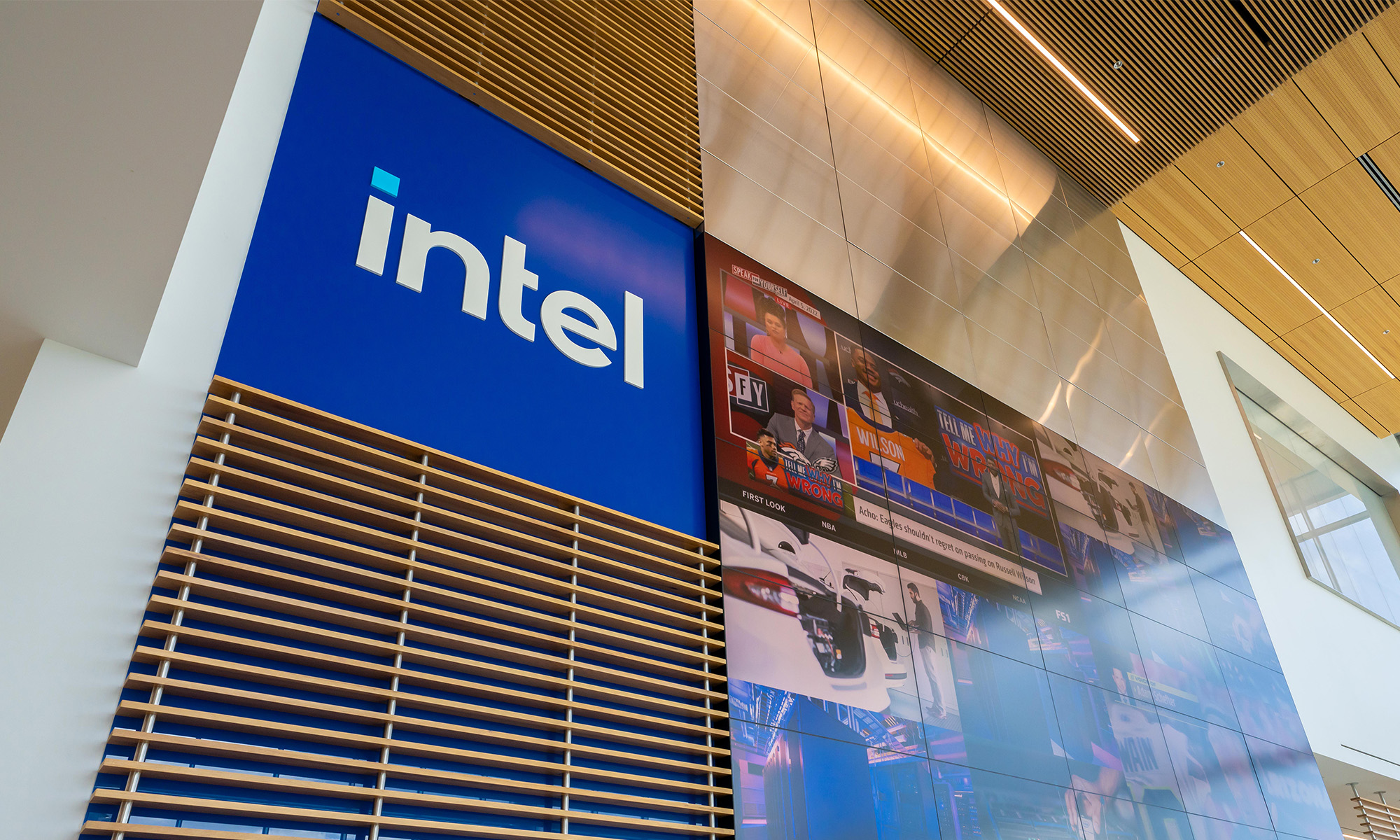
Image source: Qualcomm.
Smartphones and tablets have filled Qualcomm's (QCOM +2.30%) coffers for a long time, but the emergence of Chinese rivals has created a problem. The chip giant's market share in smartphone processors is on the decline thanks to Taiwanese chipmaker MediaTek eating its lunch.
What's more, the competition in smartphone chips is going to get more intense as Xiaomi has decided to make its own chips. This is going to hurt Qualcomm since it was one of the suppliers to the Chinese smartphone company, but things could get even worse. China buys an estimated $200 billion of smartphone chips a year, but it now wants to have the chips built in the country, committing $100 billion to fund a domestic chip industry.
This has the potential to throttle Qualcomm's smartphone business, so the company is now aggressively looking toward an emerging avenue for growth: virtual reality.
Qualcomm's next big catalyst?
Virtual reality (VR) is a popular concept among tech enthusiasts. But it won't be long before this technology goes mainstream, thanks to varied applications in areas such as gaming, healthcare, and the military. Markets and Markets forecasts that the VR market will grow at almost 58% a year until 2022, to a size of almost $34 billion.
On the hardware side, Statista has gathered data estimating that the opportunity could be as big as $16 billion by 2020, driven by rapid sales growth of VR devices such as head-mounted displays (HMDs). In fact, IDC data suggests that sales of VR headsets will grow six-fold to 61 million units in 2020 from just over 10 million units last year.
Qualcomm will have a big opportunity to boost its revenue given the cost of components that go into the making of a VR headset. A teardown of the Oculus Rift by IHS Markit in July last year put the cost to build one of the headsets around $140, which comprises components such as a display panel, processors, memory, sensors, and power management circuits.
Qualcomm's recently announced VR developer kit consists of a head-mounted display powered by the Snapdragon 835 that consists of connectivity chips, memory chips, audio chips, etc. Going by IHS Markit's teardown of the Oculus Rift, the head-mounted display could cost around $140 to build at the minimum. But since the chipmaker is offering a superior configuration as compared to the Rift to deliver a more immersive experience, Qualcomm's costs might be higher.
Assuming that Qualcomm builds a high-end VR headset for $200, it might sell the same for $475 given its 58% gross margin. That price multiplied by the 61 million-headset estimate from the IDC data would work out to $29 billion in 2020, which would be higher than the $24 billion revenue generated by Qualcomm in the past year.
Qualcomm's VR moves
Qualcomm will launch its Snapdragon 835 VR development kit in the second quarter to accelerate the development of head-mounted displays. The company aims to help developers improve the performance and efficiency of VR headsets based on the chipmaker's Snapdragon 835 processor.

Image source: Qualcomm.
The Snapdragon 835 VR reference design should work in tandem with the company's HMD accelerator program. This program aims to increase the go-to-market speed of headset manufacturers and keep engineering costs low at the same time, while also allowing them to benchmark the performance of the headsets.
These moves indicate that Qualcomm wants to be the enabler of VR technology by providing its hardware expertise in manufacturing the headsets. It has already brought two companies on board as a part of its accelerator program, and it plans to talk to more vendors for partnerships.
What's more, Qualcomm is already pushing the envelope in VR technology by trying to bring an "un-tethered" experience to customers with its developer kit. The Snapdragon 835 developer kit is capable of offering "six degrees of freedom" motion tracking, eliminating the need for a PC to power the headset.
Additionally, its partnership with Leap Motion could drive another innovation in VR technology by removing the need for controllers. Leap Motion's software technology is capable of tracking wrist joints, which enables users to both lift and throw objects digitally. As Leap Motion is one of the partners on Qualcomm's accelerator program, the chipmaker will probably give headset manufacturers access to this technology.
The Snapdragon 835-based VR headsets could start rolling out sometime in the next quarter, with shipments beginning in the second half of the year. Qualcomm, therefore, is moving at a fast pace in the VR market, with the goal of being at the center of hardware development, and this could substantially improve its revenue in the long run as the technology gains traction.





